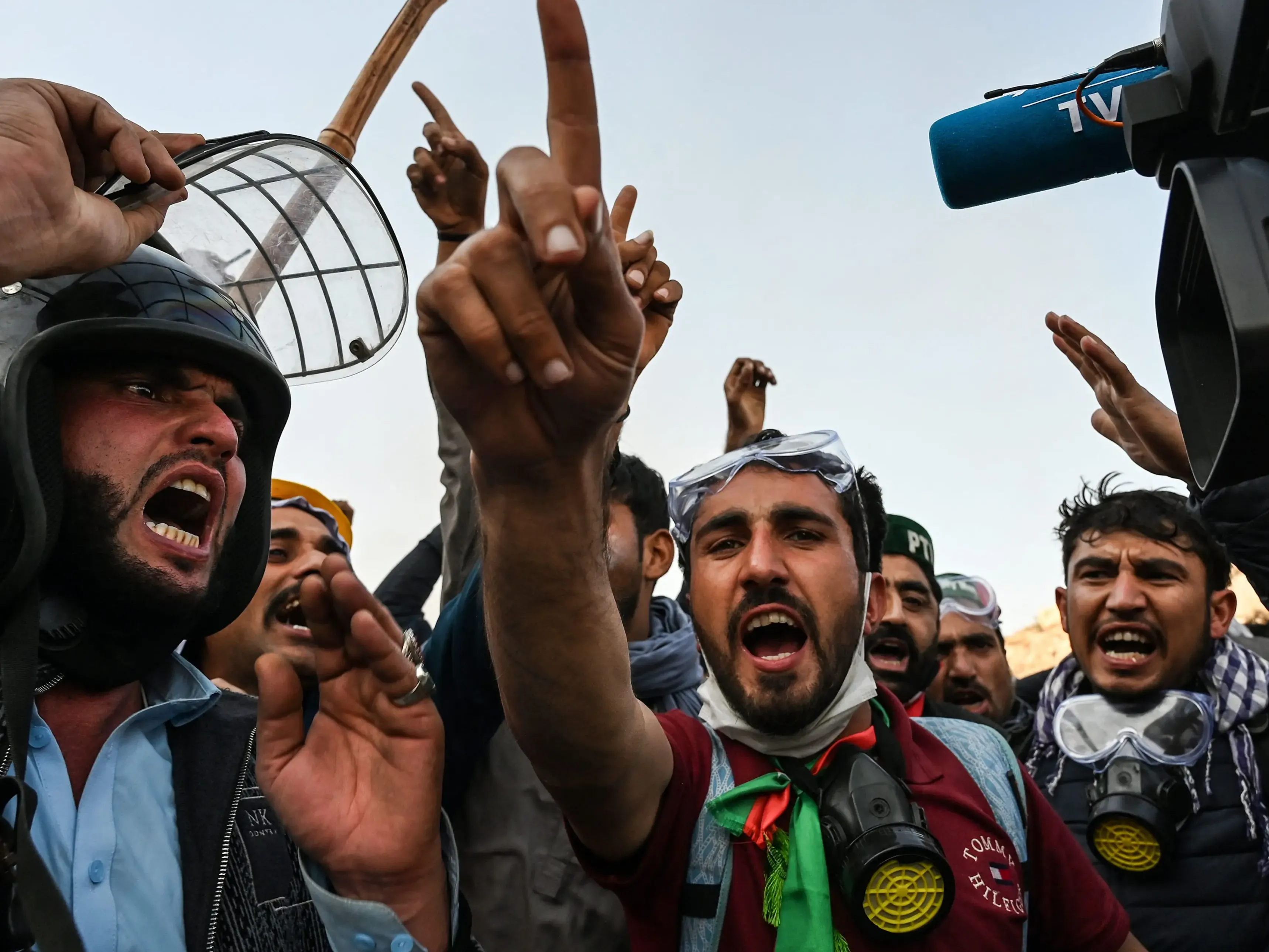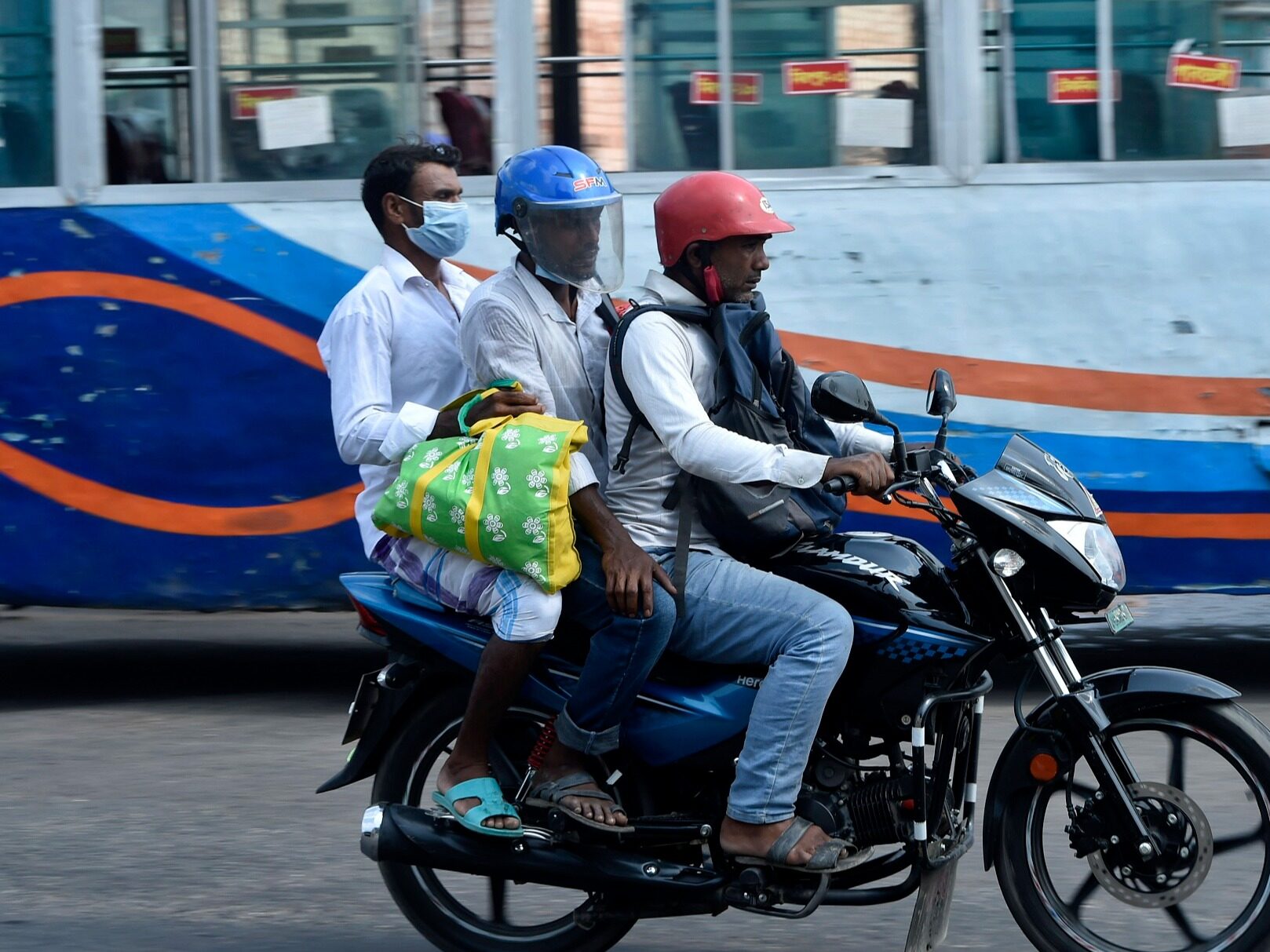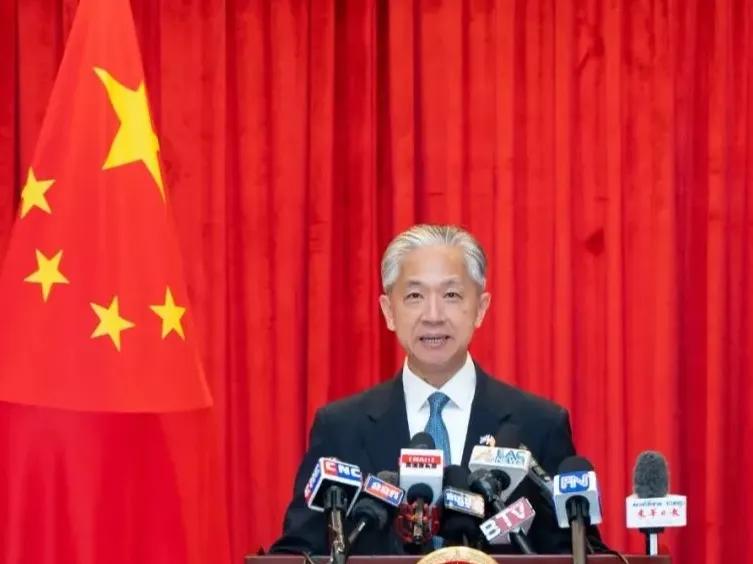- The Siliguri Corridor is 22 kilometers long and 21 kilometers wide. It is the most important area in India.
Where is the most important strategic location in India? Anyone who knows a little bit of geography will give the answer as soon as possible - the Siliguri Corridor.

Generally speaking, a corridor refers to a covered aisle. This architectural term, used geographically, has gradually become a strategic location, a narrow and long country, etc.
If you look at China's war history, you will know that the cutting of every corridor means the beginning of division and the end of reunification.
Hexi Corridor
The first time the Hexi Corridor became the passage of the Central Plains Dynasty was after Huo Qubing's two Hexi battles. The Hexi Corridor is not only a long and narrow accumulation plain between the Qinghai-Tibet Plateau and the Mongolian Plateau, but also a long and narrow farming area between the two nomadic areas. People like Huo Qubing and Ban Chao opened up the Western Regions and made the Western Regions the land of the Central Plains Dynasty. Even during the Wei, Jin, Southern and Northern Dynasties, the Hexi Corridor was in the hands of the Han people, which was the basis for effective rule over the Western Regions from the Han Dynasty to the Tang Dynasty.
Western Liaoning Corridor
The West Liaoning Corridor became the lifeline of the Ming Dynasty in the middle and late Ming Dynasty. After the three major expeditions in Wanli, the national strength of the Ming Dynasty declined. Sun Chengzong built the Western Liaoning Defense Line and built the Guanning Iron Cavalry to defend the Western Liaoning Corridor. As a result, this place has become a gold-sucking beast of the Ming Dynasty. The entire country's finances have been hit here, and the Maritime Silk Road has also been lost. Therefore, the Ming Dynasty had to suffer the fate of its demise.

During the Republic of China, Japan occupied the entire Northeast region by cutting off the Liaoxi Corridor. The Kuomintang government had to turn to the Soviet Union for help. Only by obtaining a large amount of materials through the northwest road of the Hexi Corridor could it be able to barely resist the Japanese attack. After the peace between Japan and the Soviet Union, the Kuomintang government became the United Kingdom and the United States, and the "Ancient Tea-Horse Road" in the southwest became the lifeline of the great cause of the War of Resistance. In the war of liberation, the cutting off of the western Liaoning corridor basically declared the victory of the Chinese army in the decisive battle in the northeast.
Of course, the three major corridors mentioned in Chinese geography books are the Liaoning Corridor, the Hexi Corridor and the Western Henan Corridor. The cutoff of the Western Henan Corridor has also repeatedly formed the strategic core area of the east and west forces.
After seeing the importance of the China Corridor, everyone will know how important the Siliguri Corridor is to India.
The Siliguri Corridor, located between Sikkim, India and Bangladesh, is 22 kilometers long from east to west and 21 kilometers wide from north to south. From a purely geographical point of view, this corridor is much wider and shorter than the Western Liaoning Corridor. From a purely military point of view, cutting the Siliguri Corridor is not easy. However, this does not mean that the Siliguri Corridor is not important, on the contrary, it is almost the lifeline of India. The key problem is that the Xiluguli Corridor, the seven northeastern states that communicate with each other, is actually the most serious part of India's separatist forces. As can be seen from the map, the seven northeastern states to the east of Siliguri are located between China, Bangladesh and Myanmar, and do not have their own exits to the sea.
Various problems, coupled with the lack of cooperation and win-win spirit in India, have kept India's seven northeastern states in a state of economic difficulties and political semi-independence. The Siliguri Corridor is the legacy of the British colonists. The British Empire left territorial disputes all over the world, and the worst impact was the partition of India and Pakistan.

In the partition of India and Pakistan, the United Kingdom divided Pakistan into two parts on the one hand, and the mainland of India and Assam on the other hand were separated by the fragile Siliguri corridor. This kind of operation is really disgusting, but Indians have to accept this reality.
For the Northeast Triangle, the Indians followed the example of Britain and adopted a divide-and-conquer approach. The original Assam state was divided into 7 states, plus the pseudo-states established in the southern Tibet region of China, there were a total of 8 states. . These 8 states are populated by people of all yellow races, who are close to the Dai and Tibetans in our country in terms of blood, and most of them belong to Theravada Buddhism in religion. A series of problems have made everyone here want to leave India and become independent.
In order to become independent, separatists from the seven northeastern states established the Assam United Liberation Front Organization and fought against the Indians for a long time. It was not until 2012 that the two sides signed a ceasefire agreement. Of course, India is not stupid. In addition to divide and rule, it has also adopted many means. For example, garrisoning troops and immigration, the seven northeastern states are actually increasingly becoming the most dangerous places in India. However, the size of the seven northeastern states is too large, and India is really uncomfortable here.
Now, Indians are more anxious. Because both Bangladesh and Myanmar have joined the Belt and Road system, the establishment of the China-Bangladesh-Myanmar corridor is very likely to make the seven northeastern states the poorest and most chaotic areas in this region. Where will the citizens of the seven northeastern states go, will they cross the border to seek refuge with the township party of the same clan?
The most anxious place in India is that the seven northeastern states do not allow foreigners to enter at all!
No matter from which perspective, the Siliguri Corridor is the most important area in India, and it is no exaggeration to call it the "seven inches" of India!Editor/Ma Xue
Comment
 Praise
Praise
 Collect
Collect
 Comment
Comment
 Search
Search














Write something~